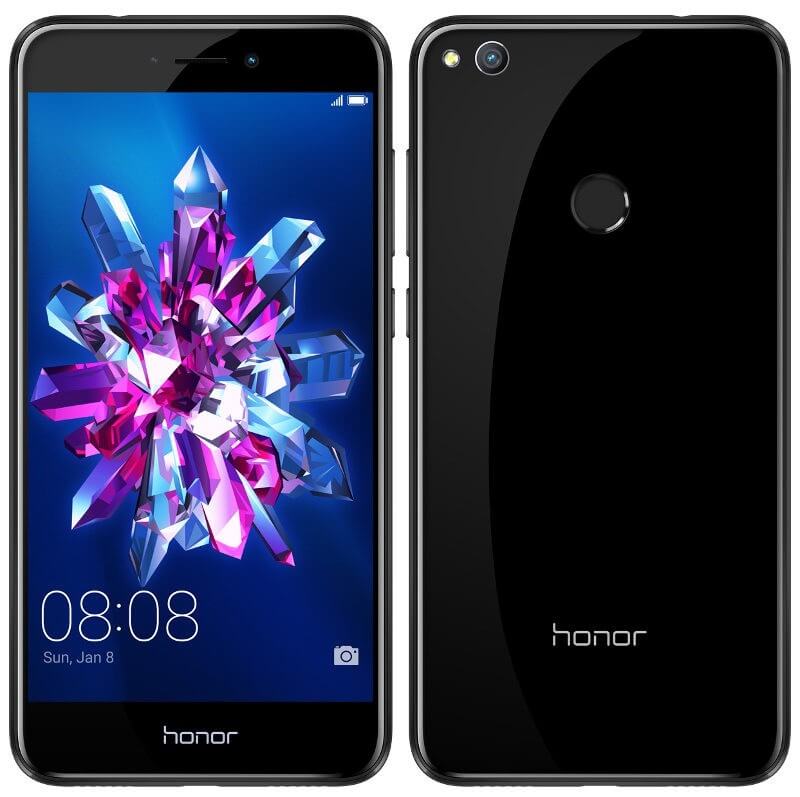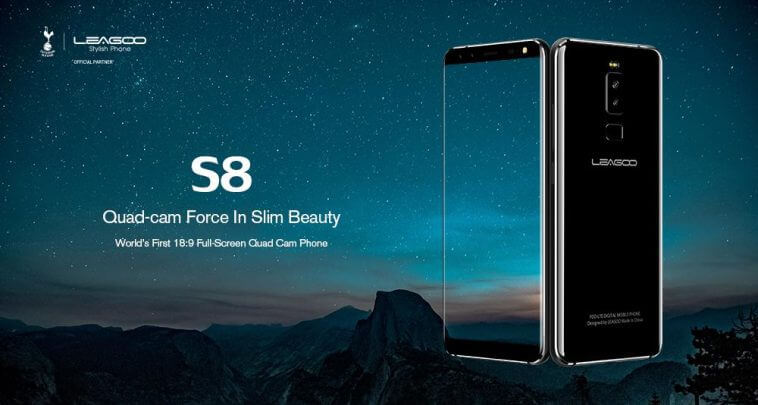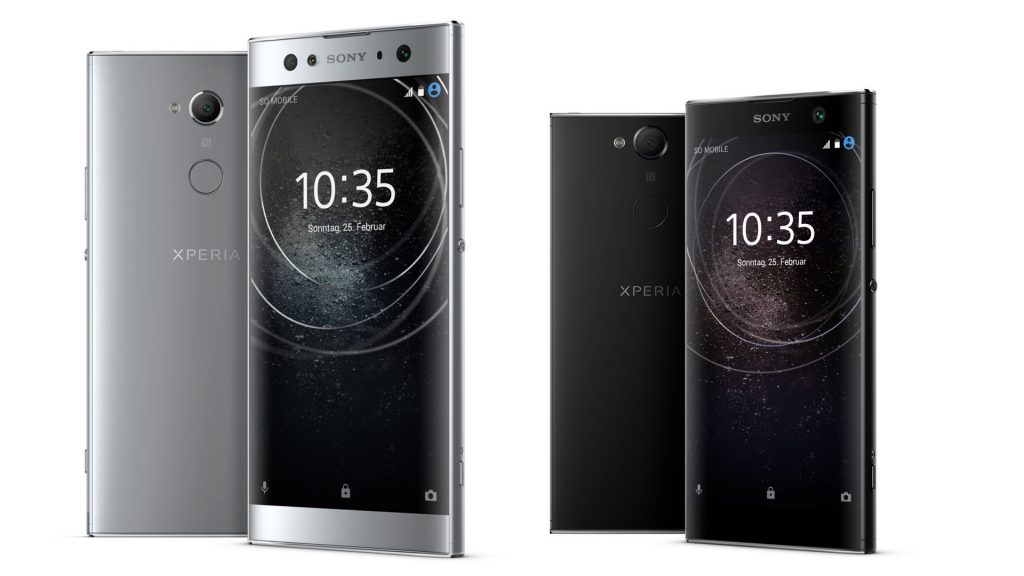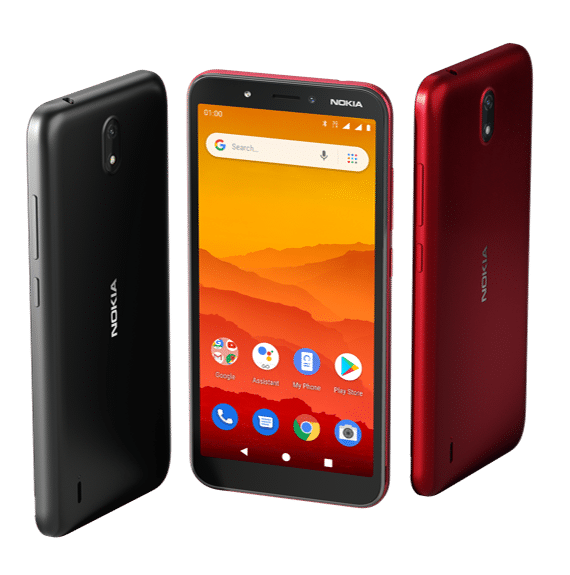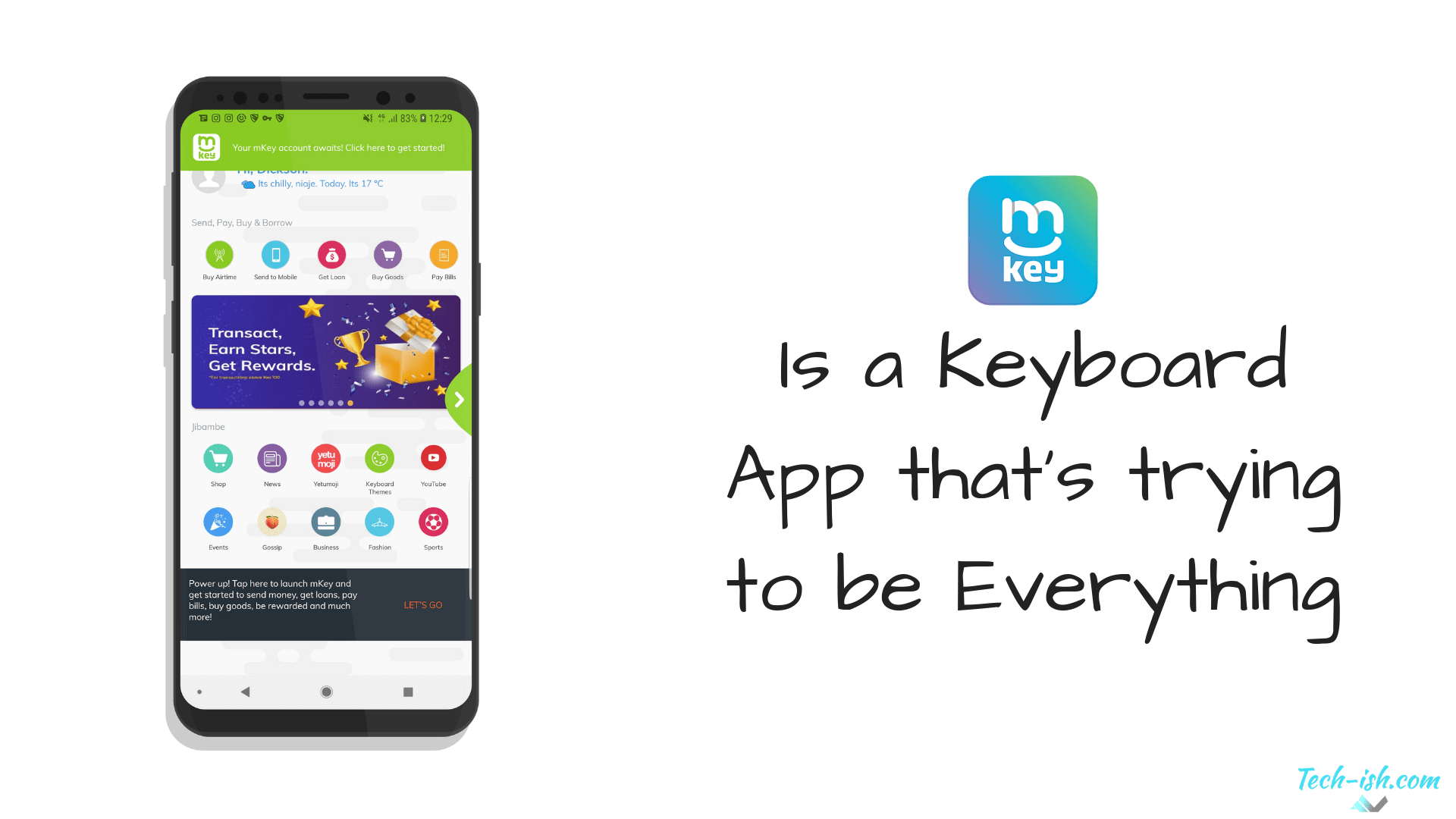Descending from one of the best surprises of 2015, the Huawei Honor 8 arrives with the same hints as for the “7”: to propose an equipment/price ratio defying the best possible competition while marking a new qualitative leap overall. The specification is largely honored, but we leave you reading our full test to find out.
Characteristics
- Price – KSh 15,499
- Dimensions – 145.5 x 71 x 7.45 mm
- Weight – 153 g
- Diagonal screen – 5.2 inches
- Screen definition – 1920×1080
- DPI – 423
- Screen type – LTPS
Presentation
A 5.2-inch Full HD IPS LCD panel (a definition of 1920 x 1080 px on a diagonal of 13.2 cm), a HiSilicon Kirin 950 octa-core chip with 4 cores clocked at 2.3 GHz and 4 more 1.8 GHz cores, 3 GB RAM, 32 GB storage expandable by adding a microSD card, a fingerprint reader, a back-end camera with two modules each with a sensor 12 megapixel Sony, an 8 megapixel front camera, a USB-C port and a 3000 mAh battery to supply all this little world with energy.
Related: Huawei P30: Full phone specification and price in Kenya
Compatible with 4G LTE category 6 (maximum theoretical speed up to 300 Mb / s). The 8 goes from the 700 MHz bands (B28) but integrates the 800/1800/2600 MHz “traditional.
There is no double aggregation of the antennas, which greatly limits its real access to the full potential of category 6. However, the 8 offers two slots for nano-SIM cards, Wi-Fi a / b / g / n / ac, NFC, Bluetooth 4.2 and a GPS + GLONASS. Android 6.0 Marshmallow looks like OS, but Honor, as always, repaints Google’s system with the interface it shares with Huawei: Emotion UI 4.1.
Image Source: homeshopping.pk
Ergonomics and Design
Change of course for Honor. After the aluminum 5X, 5C and especially on Honor 7, the Chinese brand goes to the glass. A good way to escape the visual comparison with the one to whom the smartphone borrows the most features, the Huawei P9 (largely aluminum).
The “8” is, therefore, two glass plates sealed by an aluminum surround on which we find the connectors (the USB-C port and the 3.5 mm jack on the lower edge) and the volume buttons and On / Off on the right edge.
An infrared port is placed on the top edge and allows, via the appropriate application, to change the Honor 8 universal remote.
The grip is facilitated by the small curvature printed on each edge of the device, both in front and behind. Despite the glass, the Huawei Honor 8 does not slip too much.
Even with a good optimization of space (the screen occupies more than 73% of the front panel), we still think that Honor could have gained more space, especially since the brand goes from the button to button.
Before and, since the mention of the mark is already present on the back, we could have passed under the screen. Huawei has already started to do this and is also optimizing the use of the screen. The side edges of the display are nevertheless among the finest seen on the market so far.
No main button, therefore, but around the physical button on the back, around which is embedded a fingerprint reader. The fingerprint registration is fast and the use of the reader does not suffer from any error or approximation.
Screen
Still no pixel race for mobile display at Honor – at least not in France – but a 5.2-inch Full HD display that, with a pixel density of 423 dots per inch, offers significant reading comfort on any type of content. Only the VR will be a hair truncated, she likes that the least mobile is at least WQHD (2560 x 1440 px) to display with finesse.
Slightly less contrasted than on the Honor 7 (1278: 1 here, against more than 1500: 1 on the 2015 model), the slab also has a maximum brightness of 457 cd / m² that would have deserved a little more power.
With these factors and a light reflection of 12%, very correct but proportionally far from the 7/8% of reflection offered by the fortiches of the field (Apple, Samsung), the readability outside is sometimes truncated with too much light direct.
Image Source : omall.co.ke
Interface and Navigation
The interface Emotion UI 4.1 which covers here Android 6.0 Marshmallow offers a navigation other than the basic one, since here the OS has, in particular, no more menu or launcher applications, the latter being found directly accessible from the home pages of the phone, with their solitary icons or grouped in folder, in the manner of the Apple iOS.
Multimedia
Honor still does not invest more than that in a complete video player. No support for AVI container files, no playback option other than the speed of video viewing. However, it has the ability to scale up to heavily encoded 1080p Full HD without flinching.
Photo
The P9 and its Leica-branded dual-module camera system (one RGB color, the other purely black-and-white) did not fully convince us but summoned enough qualities to find a place in the landscape of the photo phones that matter, especially via its black and white sensor with an extraordinary Monochrome mode.
Strong Points
- Good contrast and color rendering of the LCD screen.
- Quality finishes / Easy handling.
- Fast Fingerprint Reader / Smart Button Always useful and well thought out.
- Rear camera in favorable light conditions / APN before gifted for beautiful self-portraits.
- Global responsiveness of the smartphone.
Weak Points
- Autonomy is perfectible.
- Noticeable heating up.
- Uneven photo performance / The double module does not work miracles.
- Videogame capabilities set back on 3D games.
Conclusion
The Honor 8 does not succeed the same as the Honor 7 last year, largely because the mobile world has changed, too. Nevertheless, it remains an excellent representative of the “pay less to have more”, without rising as the absolute master in the matter.
